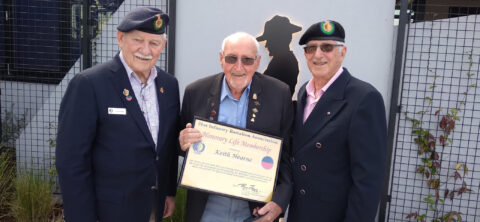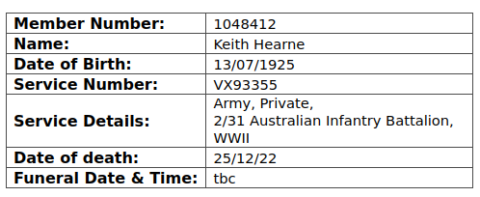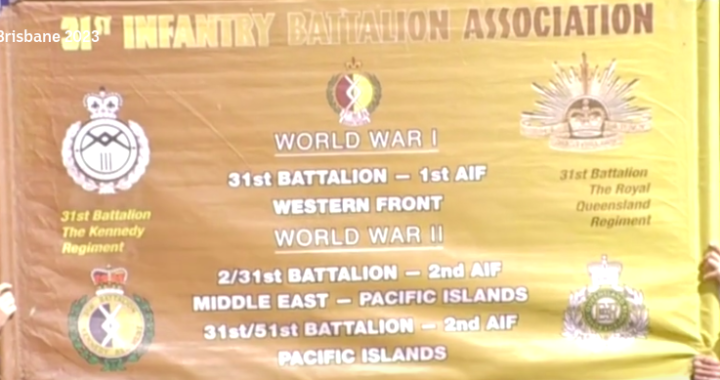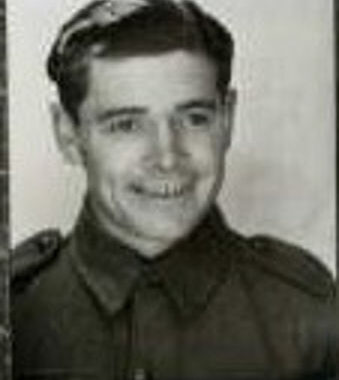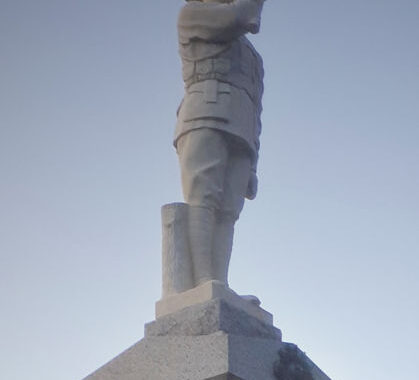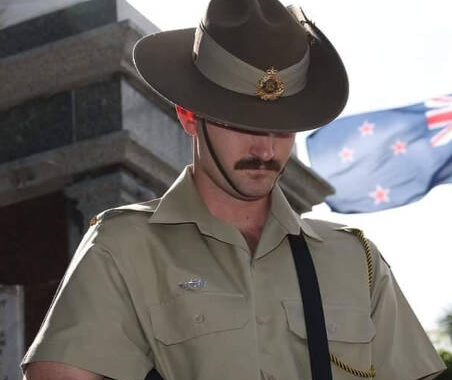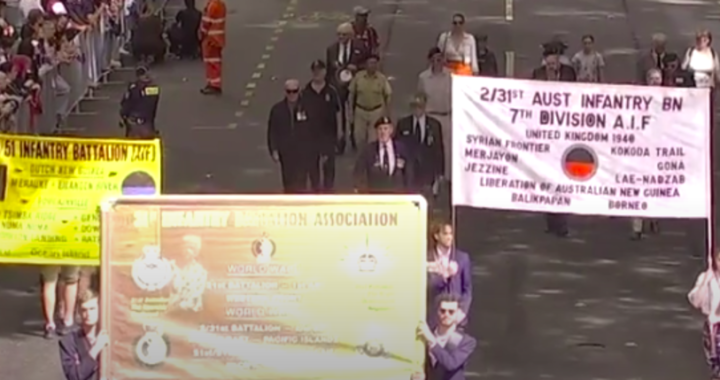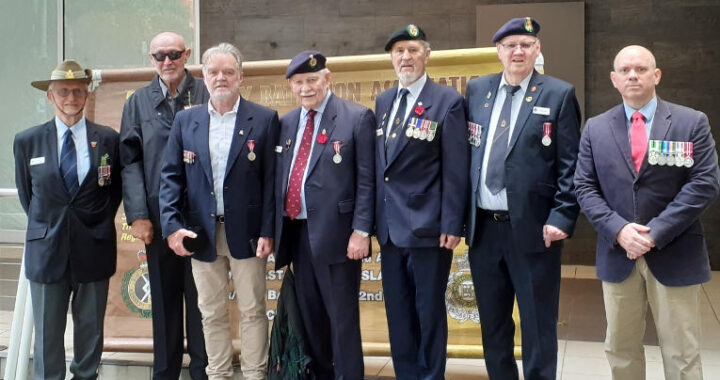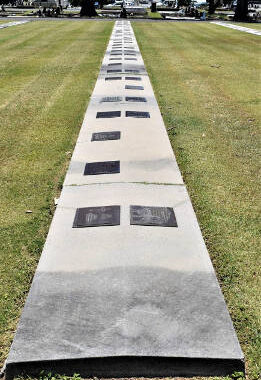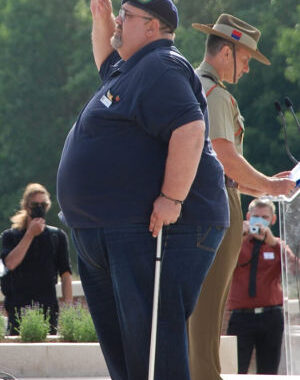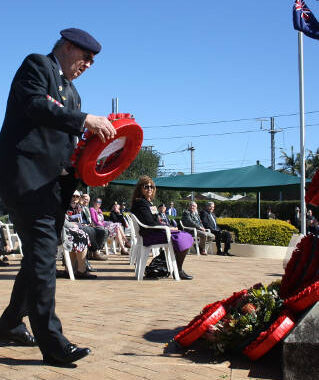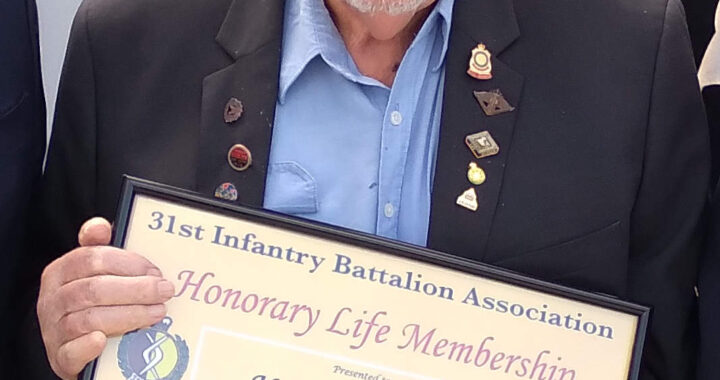Members, Due to unforeseen Circumstances, we were unable to hold our AGM in March as per usual. This year the AGM is going to be a more casual arrangement. We will still distribute The President’s, Treasurer’s & Mick James Report on the Battle of Fromelles, as well as hold an Election of Office Bearers as per our Constitution. However we won’t be having a guest speaker, & the lunch arrangements will be different from previous meetings as follows:-
Category Archives: Uncategorized
Pte Buddy Williams – Country Music Star – 2/31 Battalion Service
Mick James, a regular contributor to this website, has passed on some research by members of the Remembrance Army on country and western singer Buddy Williams.
Mick continues, “More great research from Australian Remembrance Army (thanks Katrina) of a 2/31st Battalion digger and Country Music Legend, Buddy Williams. I believe some senior members of our Association even saw Buddy perform. He had a sad life in many ways but brought joy to many.
LEST WE FORGET”
–
Service No: NX202295
Rank: Private
Unit: 2/31 Australian Infantry Battalion
Harold “Buddy” Williams was born in Sydney, New South Wales, Australia on 5 September 1918 as Harry Taylor, and was placed in the Glebe Point Orphanage. He was adopted from the orphanage at the age of seven by a couple who worked a farm in Dorrigo, NSW. Buddy did not have a happy childhood with the McFarlane’s, and was reportedly subjected to regular beltings by his new family, and made to sleep on a bed made from straw with a couple of coats used as blankets. It soon became apparent to Buddy that his adoption was a means for the family to secure cheap labour.
–
At 15 years of age, one night after receiving a beating, Buddy ran away from the McFarlane’s farm and never returned. He remained in the district of Dorrigo and found work and shelter wherever he was able, working at timber mills, as a bullock driver and boundary rider. He made his way from Dorrigo down the coast of New South Wales -working and busking for money along the way.
–
On 9 January 1940, at the age of 21 years, Buddy married Bernice Perring (known as Bernie Burnett during her singing career). Bernice was eight days shy of her 17th birthday. The couple had met in 1935 at the Grafton Jacaranda Festival when Bernice was 13 and Buddy 17. Bernie joined Buddy in several duets, including the recording of “Stockmen in Uniform” and “Let’s Grow Old Together”. The union lasted seven years before the couple divorced in 1947.
–
Buddy signed up for service during the second world war, enlisting at Paddington, New South Wales on 14 September 1943. He marched out from Sydney on 21 September, joining the 15 Infantry Training Brigade in Warwick, Queensland. Three months later, on 25 November, Buddy marched out to 33 Infantry Training Battalion. He was reported absent without leave at Warwick on 11 February 1944, with a warrant for arrest issued two days later. On 22 March he marched out to the Land Headquarters Training Centre (Jungle Warfare) at Canungra, marching in to the training centre on 24 March. This centre was where the soldiers were taught bushcraft and survival techniques.
Buddy was absent without leave a few times between 11 February 1944 and 9 April 1945, being find a total of 13 pounds 10 pence and auto forfeit of 65 days. Buddy reportedly conducted recording sessions during the war years while he was on leave. As no official leave is recorded in his service record, perhaps the times he was absent without leave is when he was recording his music – but just speculation.
–
On 3 July 1944, Buddy joined the 2/31 Australian Infantry Battalion. The following year on 9 June 1945, he embarked at Townsville per “Howell Lykes”, disembarking at Morotai on 18 June. A week later, Buddy embarked from Morotai, travelling for service at Balikpapan, Borneo. On 3 July, Buddy was wounded in action, seriously injured during the battle of Balikpapan and was not expected to live. He was unconscious in hospital for nine days following an ambush in which he received serious wounds to his arms, back and stomach. He was evacuated to 2/2 Casualty Clearing Station on 12 July, and transferred to X-List.
–
“Buddy Williams/Percy Ruff/Keith Hearne were on the same Jeep that brought us back to Casualty
Clearing Station, Perce and Buddy were on stretchers, I was sitting up. I saw Perce for years after the war till he
died.”
Keith Hearne AM 90. (February 8, 2016)
–
Buddy was transported to the Australian Hospital Ship on 19 July before being evacuated to 2/9 Australian General Hospital five days later. On 28 July, he embarked at Morotai per 2/2 Australian Hospital Ship for return to Australia. He disembarked in New South Wales, Australia on 10 August 1945 and was admitted to 114 Australian General Hospital. Buddy discharged from service medically unfit for military service on 13 October 1945.
–
On 31 January 1947, Buddy married Grace Mary (nee Maidment) in Brisbane. The couple had four children: Donita, Harold, Kay and Karen. Grace shared Buddy’s dream of life on the road, traveling from town to town, taking music to the people. Tragically, their daughter Donita was accidentally killed at the Scottsdale showground on 29 November 1948. She was hit by a truck being driven by one of the rodeo riders while he was backing up after unloading his show equipment. She was buried at Lutwyche Cemetery in Brisbane four days later. Following Donita’s death, Buddy wrote “Little Red Bonnet” in memory of his daughter, which he sang at the close of every show.
–
After recovering from his injuries from the war, Buddy formed a rodeo tent show that travelled for many years before touring with the Buddy Williams Variety Show for 11 months of each year. Buddy, Grace and their three children travelled to country towns and outback communities throughout Australia, and once did an eight-week stint at Brisbane’s Theatre Royal. The group travelled up to 56,000 km a year for about 40 years to take their show to the people of the Australian outback.
–
Buddy has been the recipient of many awards, including being the first person in Australia to receive the Australasian Country Music Award, presented to “the person contributing the most to Country Music”. He is an inductee of the “Australian Roll of Renown”, won a Heritage Award for “What a Dreary Old World it Would Be” at the Country Music Awards of Australia, and awarded a Special Award and Songmaker Award at the Tamworth Songwriters Awards. Along with Tex Morton and Smoky Dawson, Buddy was one of the first three to be inducted into Country Music Capital’s Hands of Fame at Tamworth.
–
Harold “Buddy” Williams died in Brisbane on 12 December 1986, aged 68. His funeral was conducted at St Andrews Church of England, Lutwyche and he was buried with daughter Donita at Lutwyche Cemetery. Buddy’s funeral was televised and among those present were Slim Dusty, John McSweeney and Shorty Ranger. Nick Erby read the eulogy, and members of the 2/31 Battalion formed a guard of honour.
–
LEST WE FORGET
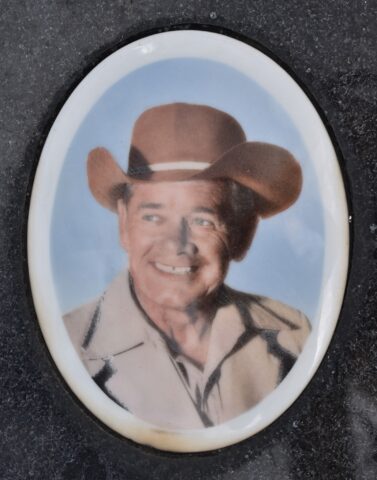
–
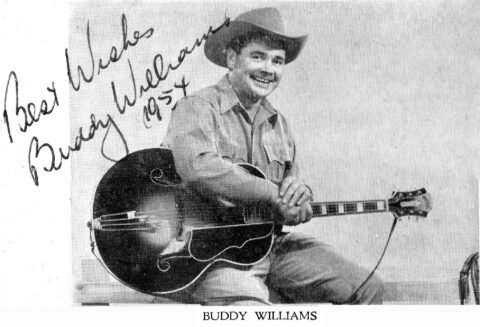
–
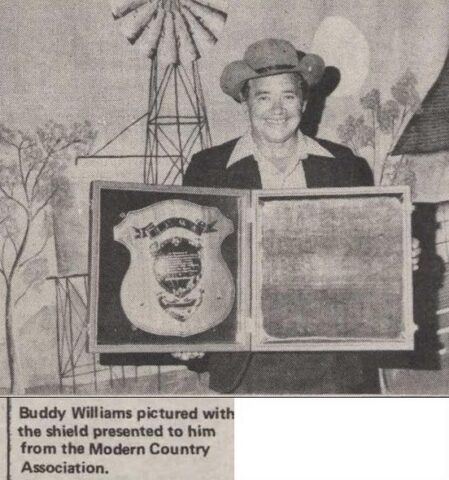
–
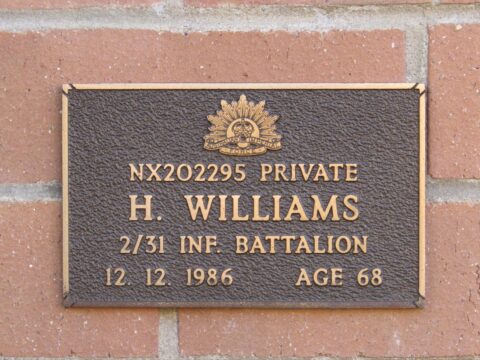
–
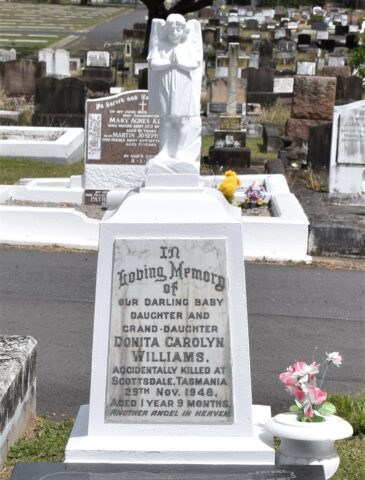
–
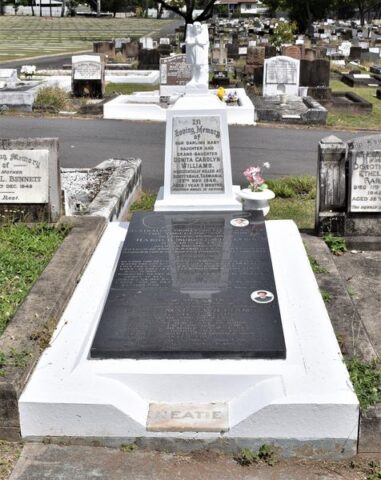
–
—
Anzac Day – 31st Bn – Box Hill – Victoria
Our Melbourne based 31st Battalion Assoc. Member Brian Mullarvey, represened the Association at the ANZAC Day – Dawn Service at the Box Hill RSL – Victoria.
–
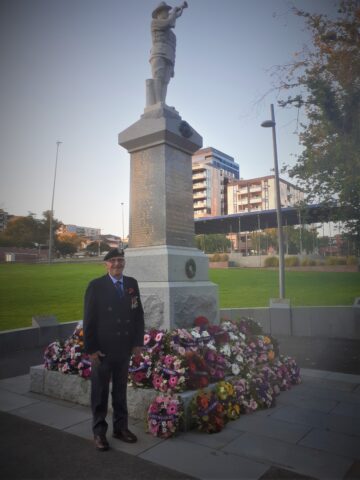
Anzac Day – 31/42 RQR – Participation
The Battalion was heavily involved in Anzac Day commitments. Members supported commemorations in over 12 locations across the AO and we cannot be prouder of the Soldiers who represented the Battalion.
This level of support to the local community and ANZAC Day Commemorations is a great achievement.
Well done to all involved.
On a wider scale, members of 11 Brigade members proudly supported 150 Anzac Day events across Queensland and Northern New South Wales at schools, dawn services and memorials covering Muswellbrook in the South, north to Cairns, and west to Roma and many others in Brisbane and across regional Queensland.
–
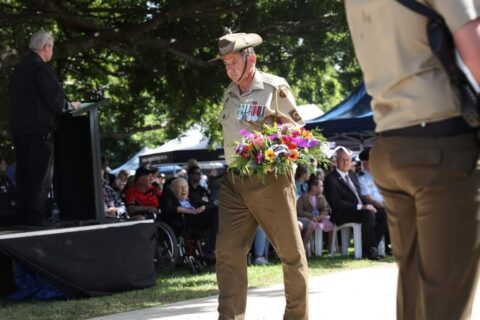
Wreath Laying Ceremony
–
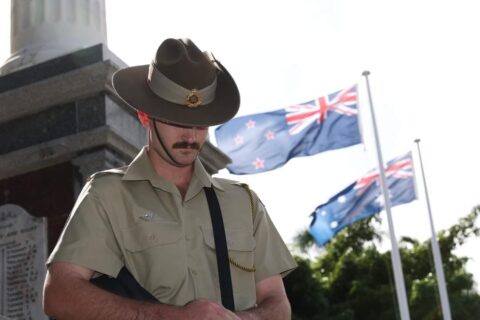
Catafalque Party Member
–
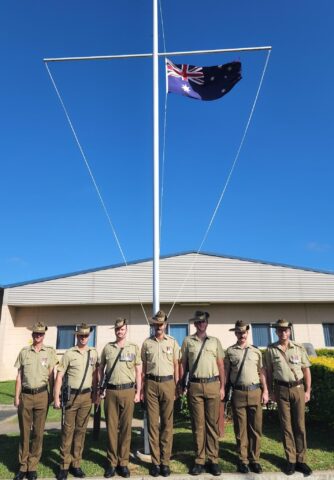
Catafalque Party – Mt Morgan
–
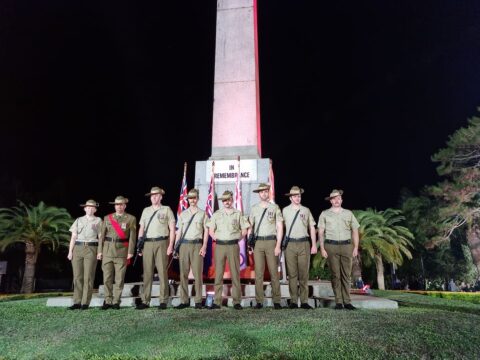
Catafalque Party – Rockhampton
–
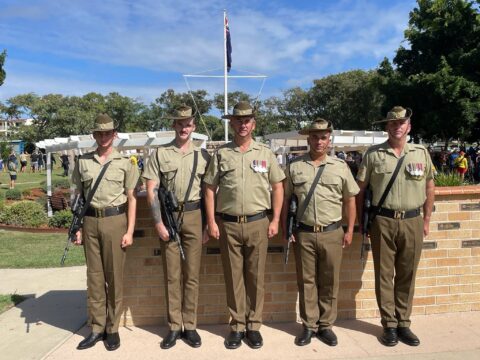
Boyne Island Catafalque Party
–
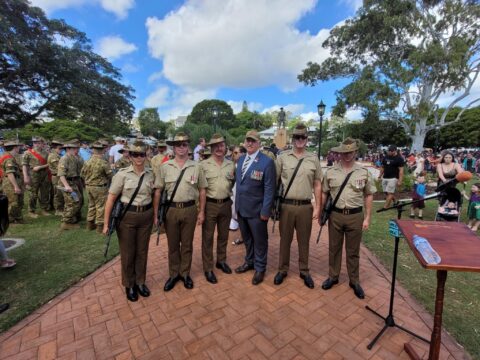
Catafalque Party – Gladstone
–
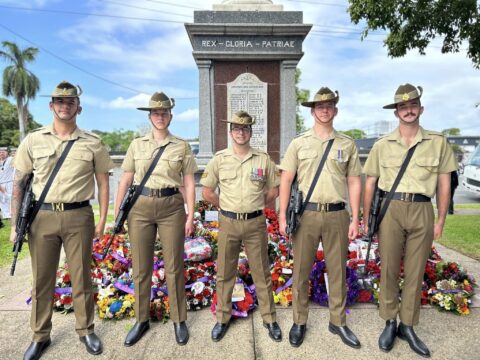
Catafalque Party – Mackay
–
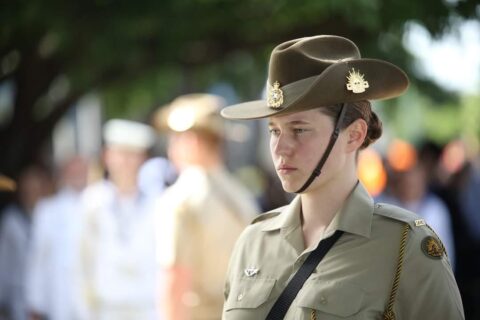
Catafalque Party Member
–
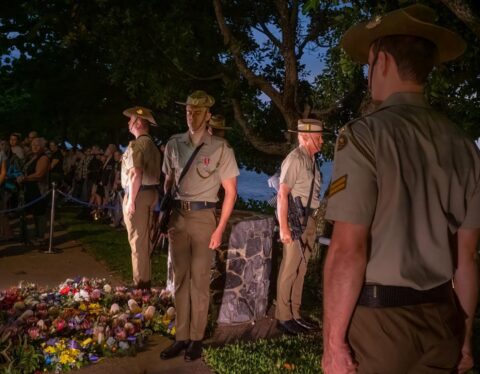
Dawn Service – Cairns
–
—
Anzac Day – 31st Bn – Brisbane March
At the head of the 31st Battalion Association Anzac Day 2023 march in Brisbane were the banners of the 31 Bn Association, the 2/31 st Battalion and the 31/51 st Battalion. Banner bearers had to battle a stiff breeze as they marched along Adelaide Street.
As usual, prior to the main Brisbane March, a small ceremony was held at the Memorial in South Bank to commemorate the 2/31st Battalion AIF.
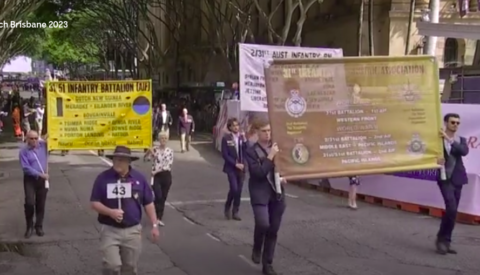
–
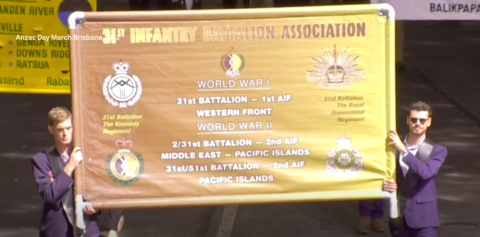
–
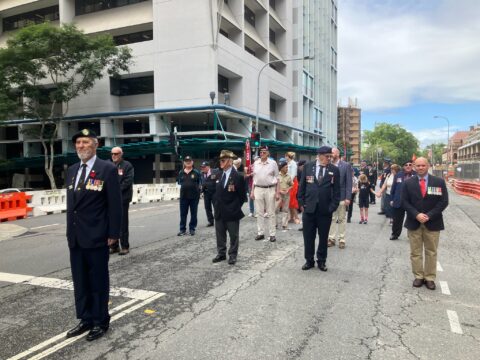
–
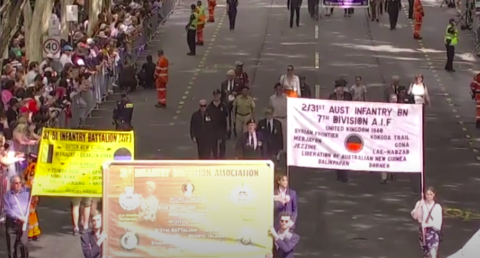
–
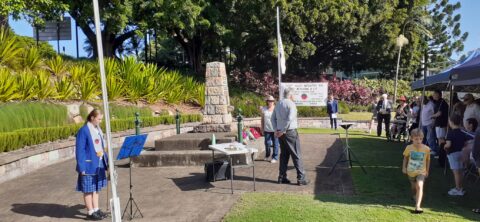
Service at South Bank Memorial prior to the main Brisbane March
–
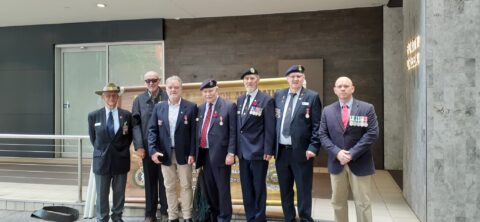
–
—
Anzac Day – 31st Bn Association – Brisbane – 2023
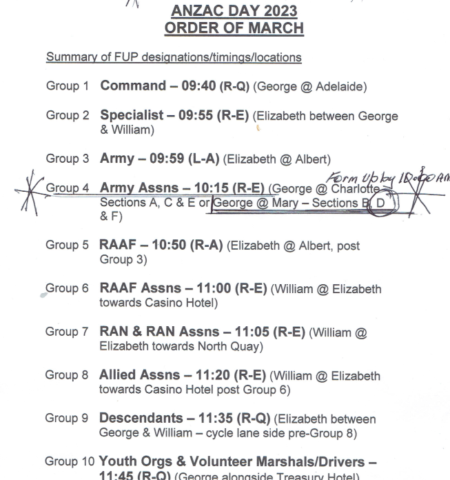
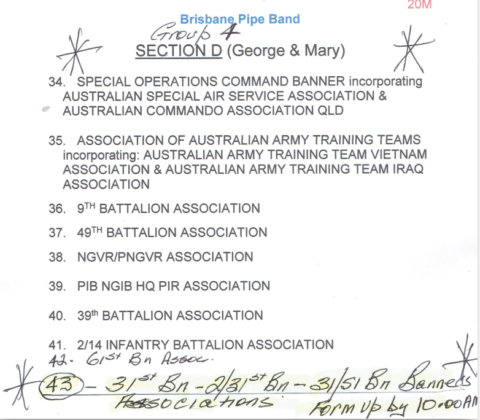
Unveiling of Plaques at Lutwyche Cemetery – Brisbane
“I congratulated Cate Walker & Katrina Trevethan on the Australian Remembrance Army Facebook page. They have done an outstanding job in forming the Group, applying for the Grant, researching all the Personnel files, tracing relatives where possible, organising the production of the Plaques, composing the script on the Plaques in conjunction with relatives, where possible, and affixing the plaques to the concrete beams. They started in late 2020, laid the first plaque in August 2022 and probably won’t finish until some time in 2024. They deserve our sincere Congratulations, and encouragement & support to complete the Project. Thanks again Cate & Katrina .
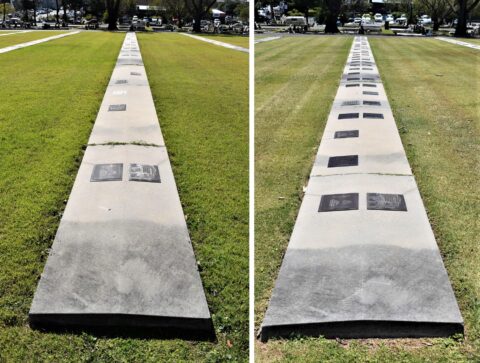
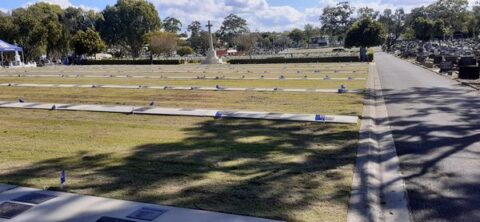
Members Plaques attached to Concrete Beams in Lutwyche Cemetery
–
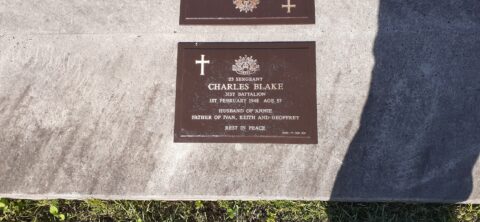
–

–
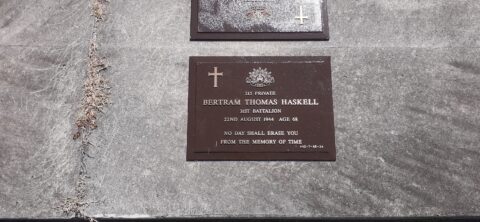 –
–
–
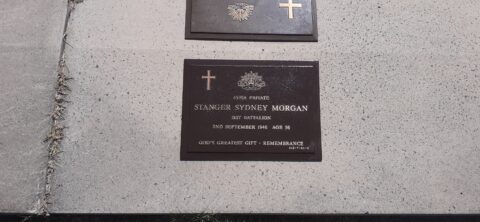
–
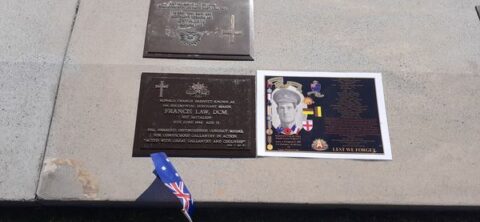
Members of 31st Battalion including RSM Francis Law DCM with the Tribute
Created by our Honorary Member in France Pierre Seillier
–
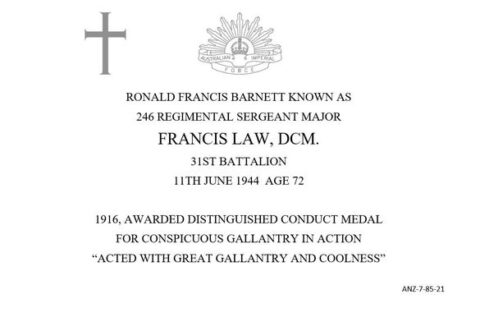
The Citation for Francis Law states –
“For conspicuous gallantry in action. He showed great determination on the right flank, and,
with about 10 men, attacked an enemy’s machine gun position, captured the gun,
and brought it back to the main position, where he held on all night. “
—
Award to Our Honorary Member – Pierre Seillier OAM
Members will be pleased to hear that honorary Member of the 31st Battalion Association, Pierre Seillier, has been awarded an Honorary OAM for his services to Australian Service and ex-Service personnel and ex-Service Associations. The award was reported in the the Locyer and Somerset Independent newspaper 8 Mar 2023.
Our Association has had a close connection with Pierre over many years particularly in connection with the recovery, identification and re-interment of the missing soldiers from the 1916 battle of Fromelles. Pierre has produced high quality plaques of many members of the 31st Battalion from that battle and many other battalion members who have passed away subsequently.
The Somerset Independent News report is reproduced below under the headline:
“RSL’s Efforts Get Recognition for French Comrade with OAM ”
Thanks to he work and perserverence of members of the Laidley RSL Sub Branch, a French Citizen has been awarded an honorary Order of Australia Medal. Laidley RSL Sub Branch President Tom Barton said Pierre Seillier of Fromelles in Northern France was well known to many Australian ex-service organisations and individuals.
“His mission in life is to honour the Australian troops who traveled to places far from home, just to fight for his countrymen during the First World War” Mr Barton said.
He now devotes his time to researching the details of soldiers who lie in graves in that foreign land. For many years Mr Seillier has contributed to RSL Branches throughout Australia by providing excellent artwork for their Anzac and Remembrance Days orders of service.
“He has been granted honorary membershipp of many Australian ex-service organisations, including honorary membership of the Rats of Tobruk Association” Mr Barton said.
At the Laidley Sub Branch, he is regarded almost as a personal friend, one who can be relied upon when they are seeking his services for a design or artwork to advertise a particular occasion.
“Laidley Sub Branch pays tribute to our member Jim Nicholls for his initiative in taking on this project and for sticking with it over the three year period it took to bring it to fruition” Mr Barton said.
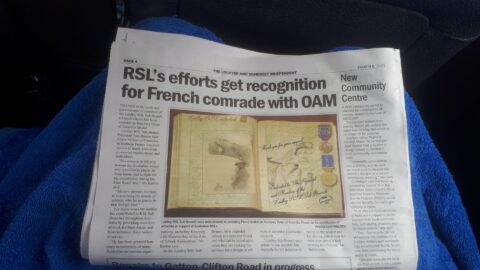
–
Boer War Memorial Service – 9th Feb 2023
Vale – Keith Hearne
